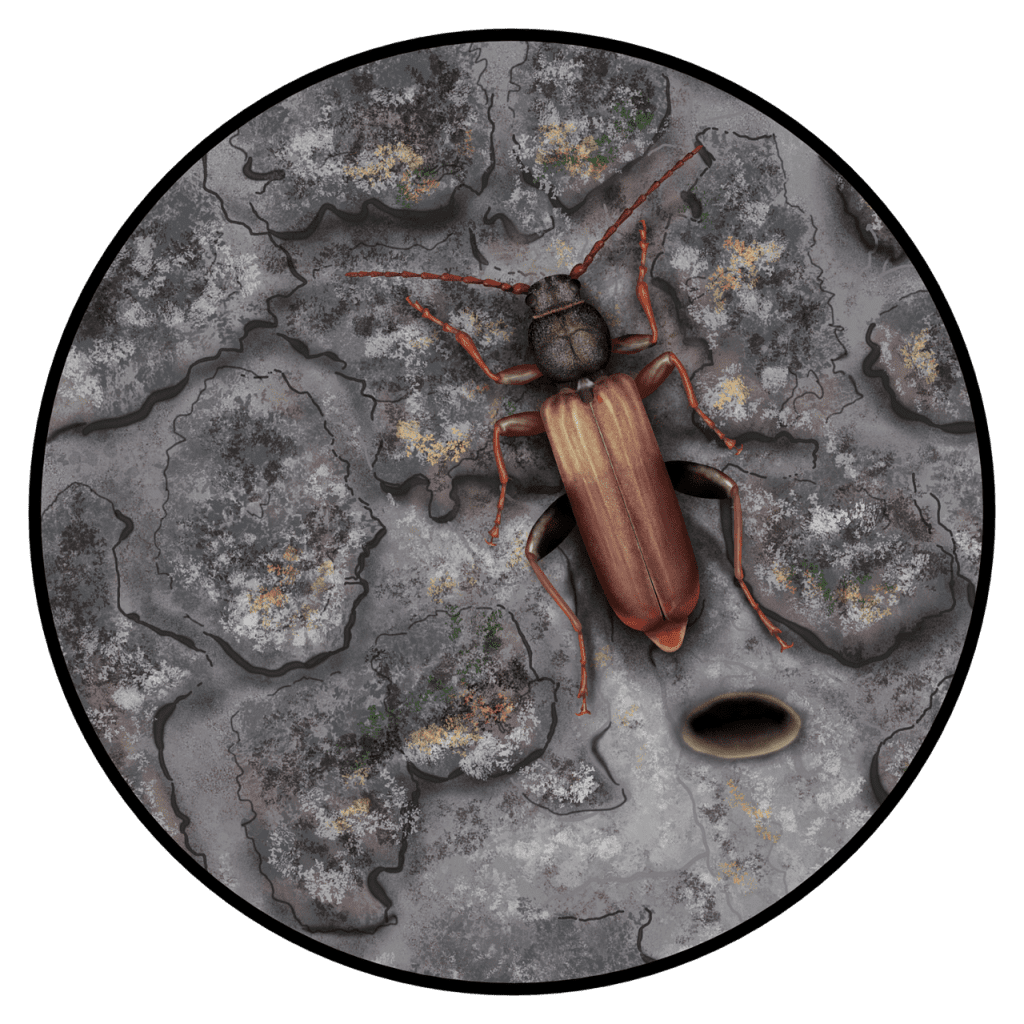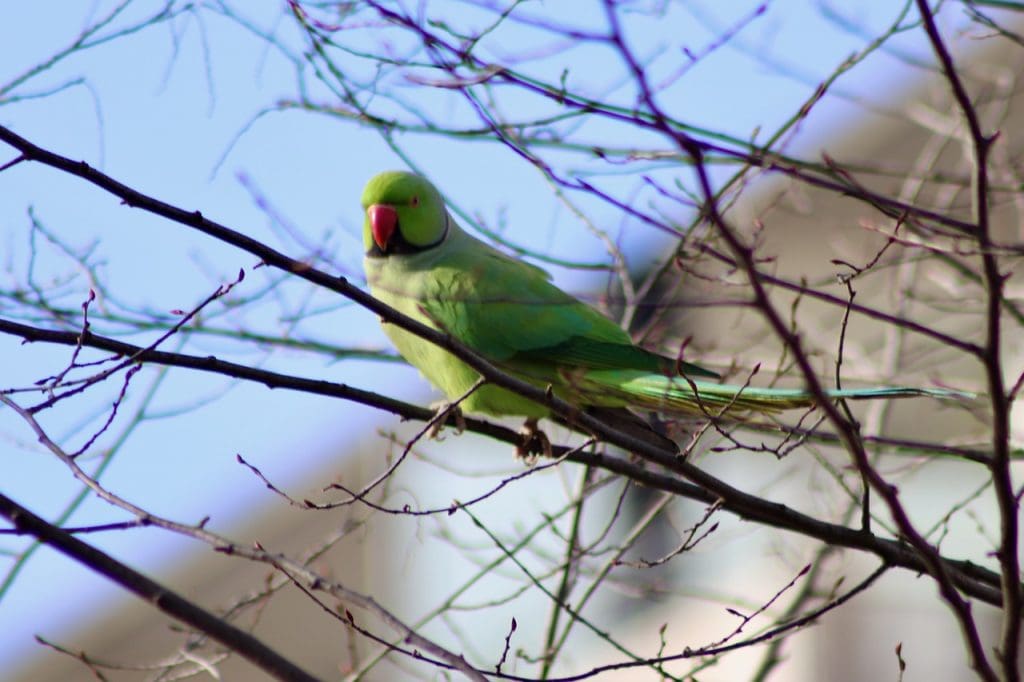Managing invasive plants like alligator weed can be a daunting task, but with the right approach, you can effectively control and prevent its spread. In “Tips For Creating A Long-Term Alligator Weed Management Plan,” you’ll discover practical strategies to combat this persistent weed. From understanding its growth patterns to implementing integrated control methods, this guide provides essential tips to help you develop a comprehensive, long-term plan. Your journey to a weed-free landscape begins here, with expert advice designed to make your efforts successful and sustainable. Have you ever found yourself frustrated by the stubborn presence of alligator weed in your garden or local water systems? You’re definitely not alone. This invasive species is notorious for its tenacity and ability to outcompete native plants, causing headaches for landowners, farmers, and conservationists alike. But don’t worry! With a strong, well-thought-out plan, you can effectively manage and even eradicate this troublesome weed from your environment. Stick around, and we’ll delve into some actionable tips for creating a long-term alligator weed management plan.
Understanding Alligator Weed
To tackle any problem, you first need to understand it. Alligator weed (Alternanthera philoxeroides) is a perennial plant native to South America. However, it has now become a global nuisance. It thrives in both aquatic and terrestrial environments, making it particularly challenging to manage.
Characteristics of Alligator Weed
Alligator weed is characterized by its:
- Hollow Stems: These enable the plant to float on water.
- Opposite Leaves: The leaves are elliptic and grow in pairs, opposite each other.
- White Flowers: Small, white flowers bloom from the plant in clusters.
Why Alligator Weed is a Problem
Alligator weed can cause a myriad of issues including:
- Biodiversity Loss: It outcompetes native plants, disrupting local ecosystems.
- Water Flow Blockage: In aquatic environments, it impedes water flow, which can exacerbate flooding.
- Reduced Agricultural Yield: It can invade and take over crop fields, causing a significant drop in production.
Early Detection and Monitoring
One of the most crucial steps in any management plan is early detection and continuous monitoring. The sooner you can identify an infestation, the easier it will be to manage it.
Methods for Early Detection
- Regular Inspections: Make it a habit to inspect your property or affected areas regularly.
- Community Reporting: Encourage community reporting to catch alligator weed in public spaces early.
Monitoring Tools
Using various tools and technologies can make monitoring more efficient:
| Tool/Method | Description |
|---|---|
| GPS Mapping | For accurate tracking of infestation areas |
| Drone Surveillance | To cover large areas quickly |
| Photo Documentation | To log changes over time |

Mechanical Control
Sometimes the oldest methods are the best. Mechanical control involves physically removing the alligator weed from the affected area.
Manual Removal
Manual removal can be effective for small infestations. Use gloves and tools like weed forks to dig out the entire plant, roots included. Be cautious, as even small fragments left behind can regrow into new plants.
Machinery
For larger infestations, machinery such as mowers and harvesters may be more efficient. However, be mindful of the ecological impact machinery can have on the surrounding environment.
Chemical Control
Chemical herbicides can also be part of your alligator weed management plan, especially for large and persistent infestations.
Types of Herbicides
| Type of Herbicide | Examples | When to Use |
|---|---|---|
| Pre-Emergent | Prodiamine, Oryzalin | Before the weed emerges from the soil |
| Post-Emergent | Glyphosate, Imazapyr | On actively growing weeds |
Application Tips
- Read Labels Carefully: Always follow the manufacturer’s instructions.
- Protect Non-Target Species: Be cautious to avoid affecting native plants and wildlife.
- Repeat Treatments: Multiple treatments may be necessary for complete control.

Biological Control
Biological control uses natural enemies to manage alligator weed. While this method is still under study, it offers a promising, environmentally-friendly alternative.
Key Biological Agents
| Biological Agent | Description |
|---|---|
| Alligator Weed Flea Beetle | Feeds on alligator weed, weakening its structure |
| Alligator Weed Thrips | Attacks stem and leaf tissues |
Benefits and Challenges
- Benefits: Long-term, sustainable control without chemical use.
- Challenges: Research is ongoing to ensure that introduced species do not become invasive themselves.
Integrated Pest Management (IPM)
Integrated Pest Management (IPM) combines multiple methods for a more effective approach. By using mechanical, chemical, and biological controls together, you can tackle alligator weed from every angle.
Steps in IPM
- Identify the Issue: Use monitoring and early detection methods to identify infestation.
- Set Action Thresholds: Determine when control measures need to be applied.
- Implement Controls: Use a combination of mechanical, chemical, and biological controls.
- Evaluate and Adjust: Regularly assess the effectiveness of your methods and make necessary adjustments.

Restoration and Replanting
Once you’ve managed to control alligator weed, the next step is to restore the area to prevent re-infestation.
Native Plants for Restoration
Consider replanting with native species that can outcompete alligator weed. Some options include:
| Native Plant | Environment |
|---|---|
| Switchgrass | Terrestrial |
| Pickerelweed | Aquatic |
| Buttonbush | Wetlands |
Maintenance Practices
- Regular Weeding: Keep an eye out for new growth and remove it promptly.
- Mulching: Use mulch to hinder weed growth and protect new plants.
- Replanting: Continue to introduce native plants to strengthen the ecosystem.
Community Involvement and Education
Effective long-term management often involves community support. Educating and involving the community can make a significant difference.
Community Programs
Organize community programs to inform and involve local residents. This can include:
- Workshops: Host educational workshops on identifying and managing alligator weed.
- Volunteer Days: Plan community events for manual removal and monitoring.
- School Programs: Engage local schools to teach students about invasive species and their impact.
Educational Materials
Provide educational resources such as brochures, flyers, and online content to ensure the community is well-informed.

Legal and Regulatory Considerations
It’s also essential to be aware of legal and regulatory guidelines surrounding invasive species management.
Regulations to Know
| Region | Key Regulation |
|---|---|
| United States | Federal Noxious Weed Act of 1974 |
| Australia | Biosecurity Act 2014 |
| European Union | Regulation (EU) No 1143/2014 on Invasive Alien Species |
Permits and Permissions
Before implementing certain control methods, especially chemical and biological controls, make sure you obtain all necessary permits and permissions.
Funding and Resources
Long-term management requires resources. Identifying and securing funding can be crucial for the sustainability of your efforts.
Potential Funding Sources
| Source | Description |
|---|---|
| Government Grants | Funds provided by local or national governments |
| Non-Profit Organizations | Grants and resources from environmental groups |
| Community Fundraising | Local fundraising efforts and donations |
Budget Planning
Create a detailed budget to ensure all aspects of your management plan are accounted for. This will help in securing funding and allocating resources efficiently.

Monitoring and Evaluation
The final piece of the puzzle is monitoring and evaluating your plan’s effectiveness. This allows you to make adjustments and ensure long-term success.
Key Performance Indicators (KPIs)
Track the success of your management plan by establishing KPIs such as:
- Reduction in Infested Area: Measure the decrease in areas affected by alligator weed.
- Increase in Native Species: Track the resurgence of native plants.
- Community Participation: Number of community members involved in control efforts.
Regular Assessments
Perform regular assessments to ensure that your methods are still effective and adjust as necessary. This will help in maintaining long-term control of alligator weed.
Conclusion
Creating a long-term alligator weed management plan involves understanding the plant, detecting and monitoring infestations early, employing multiple control methods, restoring affected areas, involving the community, adhering to legal guidelines, securing funding, and regularly assessing your efforts. While it seems daunting, following these steps can lead to a healthier, weed-free environment for years to come. So roll up your sleeves and get started on your journey to effectively manage alligator weed!
